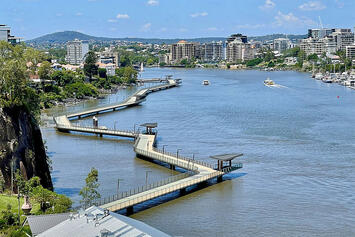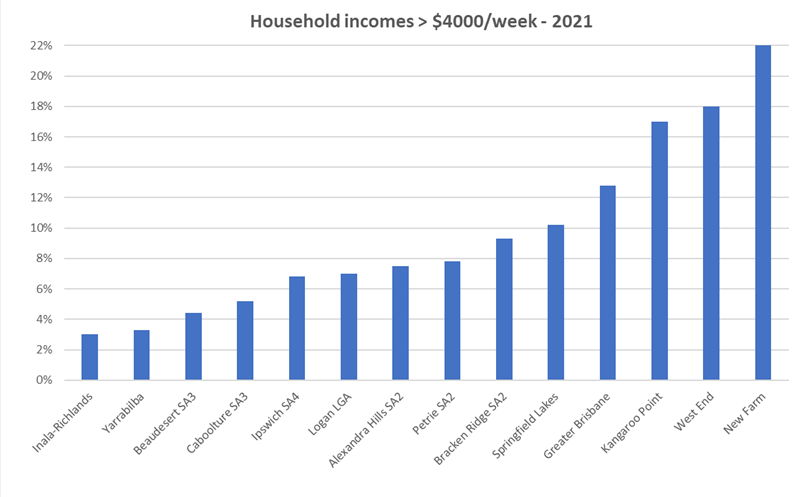
There’s a great line from the comedy show Kath & Kim, where the very suburban Kim expresses her desire to be like affluent city people. “I want to be effluent Mum," she says. "You ARE effluent, Kim," replies the equally suburban Kath.
The new political geography of affluent inner urban residents viewing life differently (and voting differently) to suburban and regional voters was proven again in the recent Australian Federal Election of 2025. The geographic pattern has previously been obvious in booth-by-booth results for recent State and Local Government elections, and the same happened for the Federal poll.
Inner city areas of our major urban areas are two things at the same time: they are much wealthier than suburban city dwellers, and more inclined to vote for far left/Green causes. The concentration of affluence in inner cities has been underway for many years, as inner urban areas were gentrified. Whether it is Sydney’s Balmain, Melbourne’s Richmond, or Brisbane’s New Farm, once working class/industrial areas are now home to the wealthiest people, living in the most expensive real estate, enjoying the highest levels of urban amenity and living the highest standards of living. They’re increasingly oblivious to the lives and issues of their fellow Australians.
This graph shows how it looks for Brisbane’s New Farm and West End, compared to middle and outer suburban areas. The same story is repeated across other cities in the country.
This level of income disparity also explains why voters in these areas view life differently to the suburbs. Worried about waiting lists for health care? Nope, they have the highest levels of private health cover. Worried about school class sizes or education generally? Nope, their kids attend the best private schools. Worried about the cost of groceries? Nope, they shop at Harris Farm markets in trendy areas. Worried about the cost of fuel? Nope, they probably have a taxpayer subsidised Tesla (soon to be traded in protest at Elon Musk’s MAGA conversion). Worried about crime and personal safety? Not really, they have private security or live in impenetrable apartments. Worried about being told you have to return to the office and can no longer work from home? Not really, the office for them is very close to home, plus they probably have managerial positions. Worried about immigration, housing shortages and the housing affordability issue? Not really, they can afford to live in high end areas and will outbid others if that’s what it takes. Worried about the cost of electricity? No, they can afford it - but are more worried about carbon emissions and climate change – so the very high cost of energy transition is worth it.
It's the irony of modern politics though that these affluent inner-city residents are also the ones most likely to vote for leftist/Green causes – many of which are anathema to their own interests. There would not be too many suburban superannuation accounts with over $3million that will be subject to an unrealised gains tax, for example.
Read the rest of this piece at The Pulse.
Ross Elliott is a leading industry practitioner with over 35 years' experience in property and urban development across a number of industry sectors. He has held senior roles with the Property Council of Australia as Executive Director, National Chief Operating Officer, and National Executive Director of the Residential Development Council. Ross has been a frequent writer and guest speaker on urban development themes both in Australia and the US. In 2018 he published a piece on Australia in a global study of suburban development by the MIT Center for Advanced Urbanism (Cambridge, Mass.) Ross is also founding director of suburban issues think tank Suburban Futures.
Photo: New Farm Riverwalk, Brisbane River views from Bowen Terrace by Chris Olszewski, under CC 4.0 License. Graphs: courtesy author.













